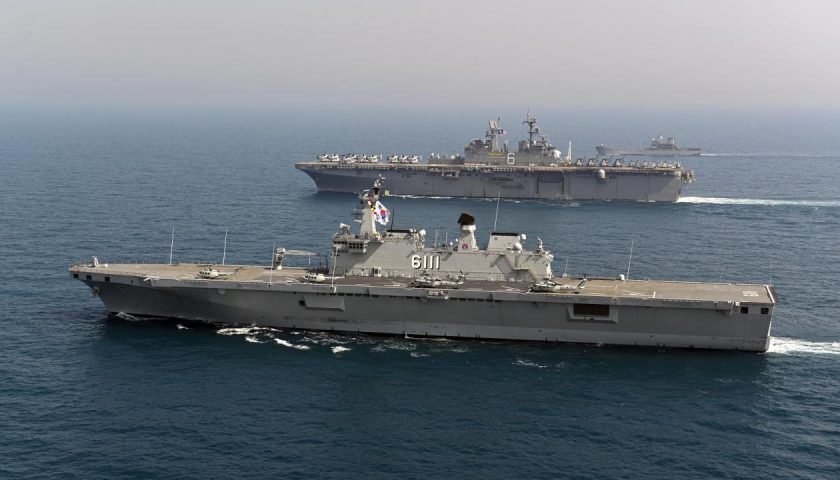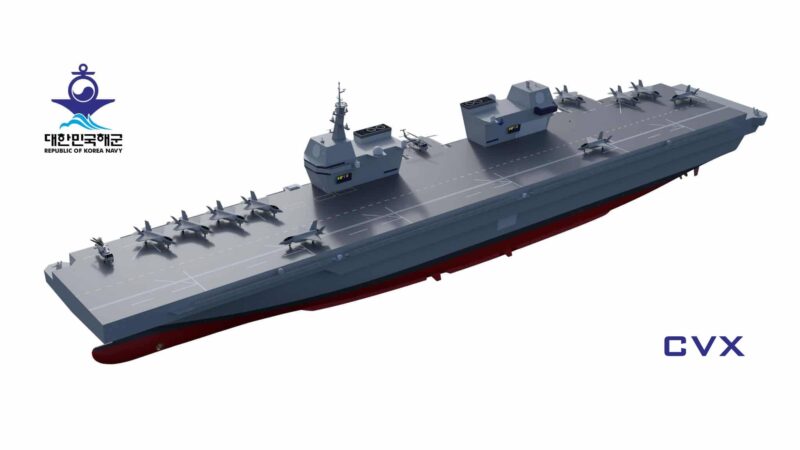Facing the rise of North Korea's first-strike capabilities, the South Korean General Staff, supported by the government, announced in July 2019 its intention to acquire two light aircraft carriers capable of operating 20 F-35B combat aircraft each with vertical or short take-off and landing. According to the arguments advanced by the military, this program, designated CVX, will make it possible to maintain strike and response capabilities even if Pyongyang were to start hostilities against its southern neighbor, and to destroy South Korean air bases with strikes. preventive ballistic and cruise missiles. In 2020, however, the project evolved to concern only one single ship of 40.000 tons in load derived from the attack helicopter carriers of the Dokdo class, and Seoul only ordered 20 F-35Bs as a result.
Nonetheless, of many voices were raised in Seoul against this program since its announcement, including in the academic field, to question its operational relevance and its cost-benefit ratio. According to its detractors, the chances that all of the South Korean air bases will actually be neutralized by surprise by North Korea are low, especially since the country is investing heavily in improving its anti-missile and anti-ballistic capabilities. In addition, Seoul has no need for power projection capabilities, the main role of an aircraft carrier, and acquiring such a ship only to respond to defensive scenarios would prove to be very inefficient in budgetary terms such as in terms of personnel.

It is true that in terms of response capabilities and threat control, the South Korean fleet already has, and will have in the future, more than significant capabilities. In fact, with the series of 6 KDX-III heavy destroyers, it has acquired a high-performance naval capability both to counter North Korean ballistic missiles and cruise missiles with the SM3 and SM6 missiles, than strike capabilities with Hyunmoo-3 cruise missiles with a range of more than 1500 km. In addition, the country now has submarine-launched ballistic missiles, or SLBMs, aboard its new AIP Dosan Ahn Chang-ho submarines capable of implementing the Hyunmoo-4-4 medium-range ballistic missile. In fact, at the end of the decade, the South Korean fleet will have 9 submarines and 6 destroyers heavily armed and capable of retaliatory strikes against North Korean offensive capabilities.

75% of this article remains to read,
Subscribe to access it!
The Classic subscriptions provide access to
articles in their full version, and without advertising,
from 6,90 €.
Newsletter subscription
Register for the Meta-Defense Newsletter to receive the
latest fashion articles daily or weekly


[…] […]